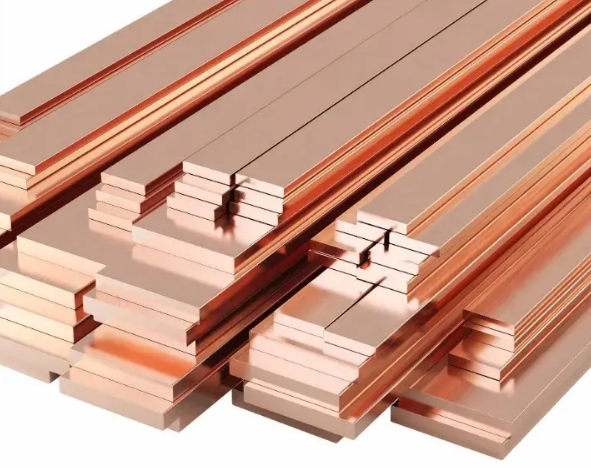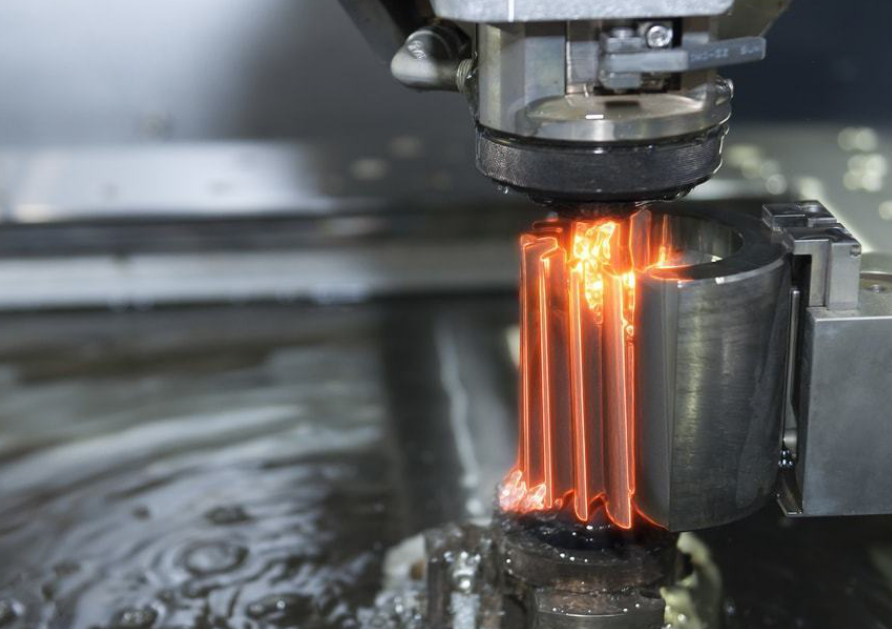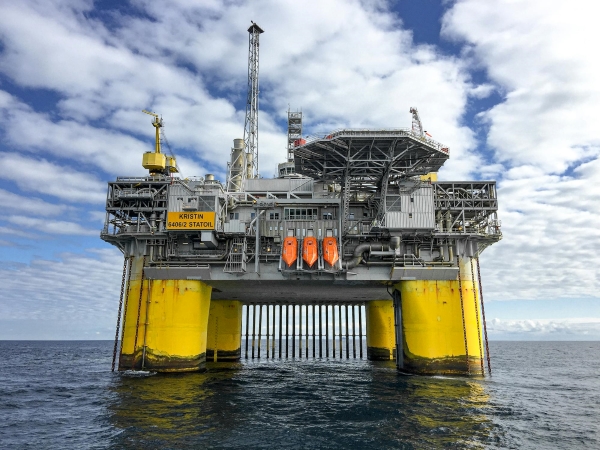Case Study: Tungsten Nickel Iron Alloy in the Defense Industry
Introduction
Tungsten Nickel Iron Alloy, a high-density, and robust material, has found significant utility within the defense industry. Its unique properties and exceptional performance make it a critical component in various applications, contributing to the advancement of defense technologies and enhancing national security. This article is going to discuss its features and Uses. Hope that you can have a better comprehension.
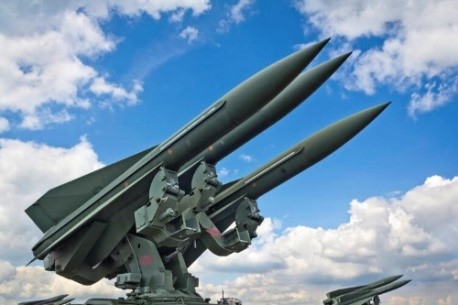 [1]
[1]
Figure 1. Military Missiles
Applications of Tungsten Nickel Iron Alloy in the Defense Industry
Tungsten Nickel Iron Alloy, often referred to as W-Ni-Fe Alloy, is a specialized material that holds significant importance within the defense industry. This alloy is composed of tungsten, nickel, and iron, with specific compositions tailored to achieve desired properties and performance characteristics. Here's how this tailored Tungsten Nickel Iron Alloy is utilized in the defense sector:
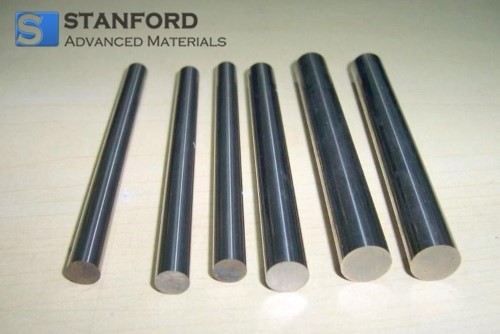
Figure 2. Tungsten Nickel Alloy Rods
--High-Density Penetrators:
Tungsten Nickel Iron Alloy's remarkable density and strength make it an ideal choice for armor-penetrating projectiles. As a result, these projectiles enable military forces to engage heavily fortified targets with increased accuracy and success.
--Stabilizing Ballistic Missiles:
In the field of missile technology, W-Ni-Fe Alloy plays a pivotal role in stabilizing and guiding ballistic missiles during flight. The alloy's high density and resistance to deformation counteract the effects of aerodynamic forces, providing stability and trajectory control.
--Electromagnetic Shielding:
Modern defense systems often require protection against electromagnetic interference (EMI) and radiofrequency (RF) signals. This alloy could attenuate and redirect electromagnetic waves, safeguards sensitive electronic equipment, and ensures uninterrupted communication and operation in challenging environments, so it becomes an exceptional candidate for electromagnetic shielding applications.
--Radar Absorption:
Stealth technology is a cornerstone of modern defense strategies. W-Ni-Fe Alloy's unique electromagnetic absorption properties enable its integration into radar-absorbing materials. Thus, these materials reduce radar cross-section, making military platforms less detectable by enemy radar systems.
Case Study: Tungsten Nickel Iron Alloy in the Defense Industry
--The Challenge
A customer expressed the need to acquire a tungsten nickel alloy rod with slight magnetism and a desired hardness of approximately 26HRC, while the 95W-3Ni-2Fe alloy aligns with their desired magnetic and hardness specifications.
--The Solution
The alloy is primarily composed of 95% tungsten, 3% nickel, and 2% iron. Several key properties of the alloy make it a fitting selection:
1. Slight Magnetism: The inclusion of iron within the alloy imparts a slight magnetism.
2. Desired Hardness: The 95W-3Ni-2Fe alloy exhibits a high hardness level, expected to achieve the desired 26HRC.
3. Corrosion Resistance: Tungsten Nickel Iron Alloy demonstrates favorable corrosion resistance to a certain degree, ensuring longevity in various environments.
4. High Density: Leveraging the inherent high density of tungsten, the 95W-3Ni-2Fe alloy rod offers excellent weight and stability.
5. Superior Mechanical Properties: The alloy's composition grants it exceptional mechanical properties, rendering it well-equipped to withstand elevated temperatures and high-stress conditions.
--The Results
By recommending the 95W-3Ni-2Fe alloy rod, the customer's specific needs for slight magnetism and a targeted hardness of around 26HRC have been expertly addressed. This tailored solution also offers impressive corrosion resistance, high density, and robust mechanical performance. The customer can confidently integrate this alloy rod into their application, confident in its ability to meet their expectations and deliver reliable results.
Conclusion
The remarkable properties of Tungsten Nickel Iron Alloy have firmly established it as a crucial facilitator within the defense industry. Its utility spans a spectrum of applications, ranging from augmenting armor-penetrating potentials to ensuring consistent missile trajectories and delivering electromagnetic shielding. As technological progress persists, this alloy is poised to retain its pivotal role in fostering innovation within the defense domain, thereby playing an integral part in advancing safer and more efficacious defense strategies on a global scale.
With two decades of expertise, Stanford Advanced Materials (SAM) proudly stands as a seasoned manufacturer and distributor of top-tier Tungsten Nickel Iron Alloy. For more information, please check our homepage.
Reference:
[1] Miller, J. W. (2022, March 9). Hawk medium-range anti-aircraft missiles, manufactured by the U.S. Company Raytheon. America Magazine. Retrieved August 8, 2023, from https://www.americamagazine.org/politics-society/2022/03/09/defense-industry-ukraine-242533

